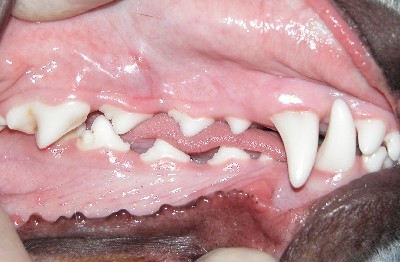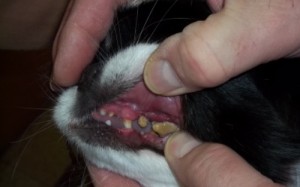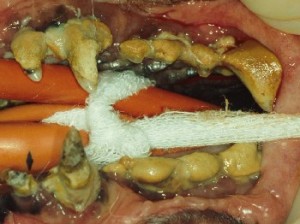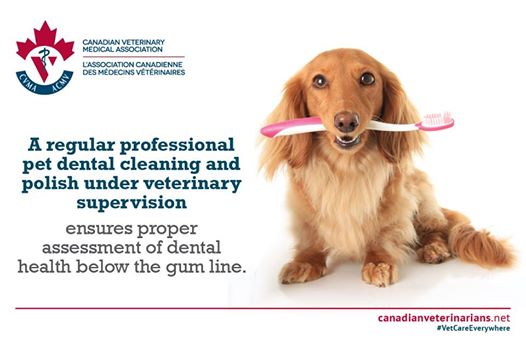
 Flip the Lip and see if your pet’s teeth look like this!?! – or more like this>>>>
Flip the Lip and see if your pet’s teeth look like this!?! – or more like this>>>>
A veterinarian should evaluate your pet’s dental health at least once a year. We recommend this because bacteria and food debris accumulates around a pet’s teeth and, if left unchecked, will lead to deterioration of the soft tissue and bone surrounding the teeth. This decay results in irreversible periodontal disease and even tooth loss.
It is very important to know and recognize the signs and symptoms of dental health problems, which include:
- Bad breath or halitosis which is one of the first signs of dental disease
- A yellowish brown crust of plaque on the teeth near the gum line
- Red or swollen or bleeding gums known as gingivitis
- Pain or bleeding when your pet eats or when the mouth or gums are touched
- Decreased appetite or difficulty eating or swollowing food whole
- Loose or missing teeth
There are other reasons why you should pay close attention to your pet’s dental health. Dental disease can affect other organs in the body: bacteria in the mouth can get into the blood stream and may cause serious kidney infections, liver disease, lung disease, and heart valve disease. Oral disease can also indicate that another disease process is occurring elsewhere in a pet’s body. A thorough physical exam combined with appropriate laboratory work can determine if this is the case.
We can recommend and demonstrate preventative measures you can begin at home. Our wellness program emphasizes and explains how you can avoid costly dental procedures with your pet in the future. In addition to the website videos, our trained dental technologists can show you the proper method of brushing your pet’s teeth as well as help you select from a wide range of dental products, enzymatic dental treats, mouth washes, oral sprays and water additives. By learning the proper techniques, home dental care can become easy enough to do regularly and become a rewarding and enjoyable experience for both you and your pet.
Regular tooth brushing, feeding dental diets and regular dental health check-ups and cleaning will prevent the top picture from becoming like that>> >
Click here for simple instructions on pet Tooth Brushing


